By decision T489/14 of 22 February 2019, the Board of Appeal 3.5.07 of the European Patent Office referred to the Enlarged Board of Appeal under Article 112(1)(a) EPC a series of questions concerning the assessment of the inventive step of computer-aided simulation methods (Case G1/19).

First of all, a few words about the context.
As is well known, claims relating to such methods escape the exclusion from patentability under Article 52(2) EPC in that they at least involve the use of a computer as a “technical means” (Decision T258/03 HITACHI).
These inventions are said to be of the “mixed” type since they include both technical features and “non-technical” features, i.e. features relating to subject matter excluded from patentability under Article 52(2) EPC, generally features which fall within the category of mathematical methods or methods of performing intellectual activities.
However, when assessing their inventive step, only those features which contribute to the technical character of the invention are taken into account. Non-technical” features can only be taken into consideration if they contribute to a technical effect aimed at a technical objective (T641/00 COMVIK).
The problem-solution approach applied to mixed-type inventions therefore requires determining which features contribute to the technical character of the invention and questioning their technical effect.
It is precisely the question of identifying the technical effect produced by a simulation method and the technical problem it is intended to solve that is submitted to the Enlarged Board of Appeal by the Board of 3.5.07 Appeal.
The patent application, rejected by the Examining Division for lack of inventive step, was for a method of computer-aided simulation of the movement of a crowd of pedestrians through a modelled “environment” or “building structure”, the purpose of the invention being to provide results that can be used in the design of buildings such as railway stations or stadiums.
Claim 1 of the applicant’s main appeal detailed the steps constituting the claimed simulation method “as such”, i.e. without reference to the building design process that might use the simulation data.
Noting that these steps could, in principle, be implemented without the aid of any technical means, in other words exclusively mentally, the Board tends to consider that only the reference to the assistance of a computer is likely to confer a technical character to the invention.
It therefore questioned the inventive step of the subject matter of such a claim, pointing out that the computer implementation of a method that is not technical in nature may in itself constitute a mere programming exercise devoid of inventive step.
The Board thus considered whether other technical aspects could be identified in the subject matter of the main claim. Stressing that, in its view, a technical effect requires at least a direct link with physical reality, such as a modification or measurement of a physical entity, it notes that this link is lacking since it is a question of modelling the trajectory of virtual pedestrians who move through a modelled environment that may never exist in the real world. It thus tends to consider that the subject matter of the main claim lacks an inventive step.
In so doing, the Board nevertheless accepts that the “environment” to which the claims relate is, where it exists in physical reality, a technical feature and that the speed at which pedestrians can traverse that environment is a technical property thereof. It therefore recognises that the application of the solution set out in T 1227/05 would lead to the simulation process at issue being recognised as having a technical character likely to contribute to its inventive step.
In that case, the application related to a computer-assisted process involving mathematical steps aimed at simulating the behaviour of a circuit under the influence of 1/f noise. Chamber 3.5.01 had held that the computer-aided simulation of “the behaviour of a sufficiently defined class of technical objects, or of specific technical processes, under relevant technical conditions” constituted a technical purpose. For this chamber, the simulation of a circuit subject to 1/f noise thus constituted a “sufficiently defined purpose of a computer-aided process, insofar as the process is functionally limited to the technical purpose” (point 3.1 of the grounds). The Board concluded that the claimed result could not be equated with the intellectual or mathematical activity that preceded it and stated that such simulation processes could not be denied a technical effect simply because they did not yet include the final product in material form (point 3.4.2 of the grounds).
Chamber 3.5.07 has two types of doubts concerning the solution found in this decision:
- The claimed simulation method serves only to assist the engineer in the ‘cognitive’ process of verifying, on a theoretical level, the design of the circuit (or environment) in question;
- To recognise the existence of a technical effect, the decision would rely on the speed of execution of the computer simulation, without characterising any technical effect going beyond the simple implementation of the method by computer.
It is in the light of this difference of opinion that the Board 3.5.07 seeks the opinion of the Enlarged Board of Appeal as to the conditions necessary for computer-assisted simulation methods to be considered as having a technical effect going beyond the mere computer implementation of the simulation.
The questions submitted are as follows:
- For the purposes of assessing inventive step, can a computer-aided simulation of a technical system or process solve a technical problem by producing a technical effect going beyond the computer implementation of the simulation, where such computer-aided simulation is claimed as such?
- If the first question is answered in the affirmative, what are the relevant criteria for determining whether a computer-aided simulation, claimed as such, solves a technical problem? In particular, is it sufficient that the simulation is based, at least in part, on technical principles underlying the simulated system or process?
- How should the first and second questions be answered when computer simulation is claimed as part of a design process, in particular for the purpose of design verification?
The interest aroused by this case is certain: more than twenty written observations from third parties, from the main companies and professional associations in the sector, have already reached the Grand Chamber, even though the date for the oral proceedings has not yet been set.
The agenda of the Enlarged Board of Appeal for the coming months is definitely busy. While it has just issued its written decision in case G2/09 (right of a third party to have its appeal against a decision to grant a patent examined in oral proceedings and compatibility of the organisation of oral proceedings at the seat of the Boards of Appeal in HAAR with the right of the parties to be heard under Article 113(1) EPC), It should also be remembered that in case G3/19 it must rule on the conformity with Article 53(b) EPC of the exclusion from patentability of plants and animals obtained exclusively by means of an essentially biological process, as provided for in Rule 28(2) EPC.
To be followed with attention, therefore.
Aurélie Jimenez
Legal member of the Boards of Appeal
Seconded judge
The opinions expressed in this article are those of the authors and do not reflect the position of the Institute.
